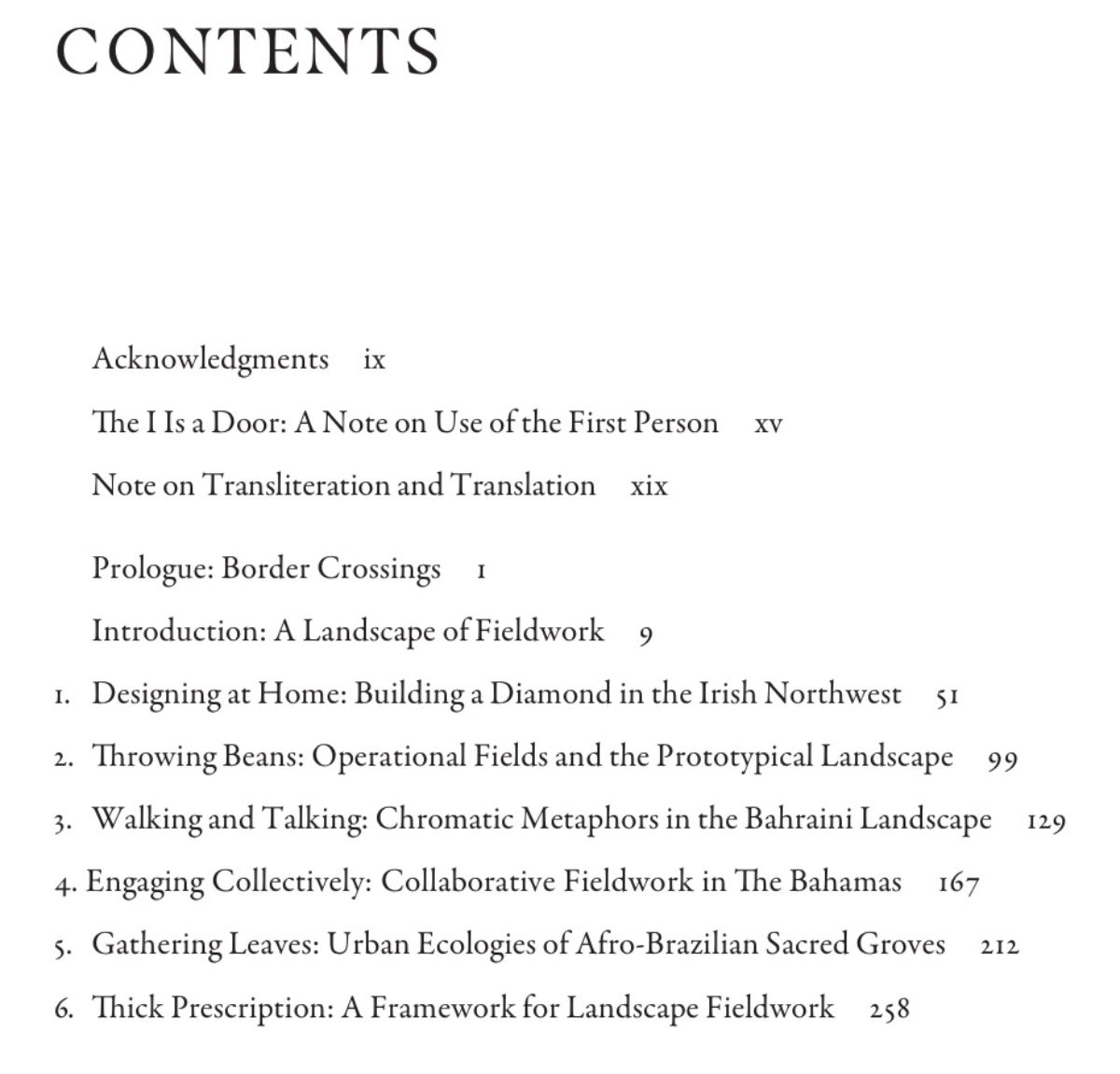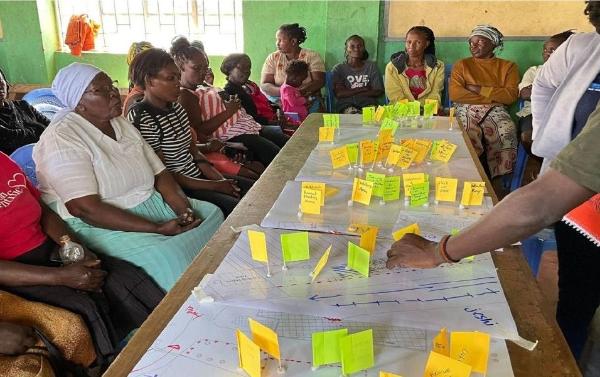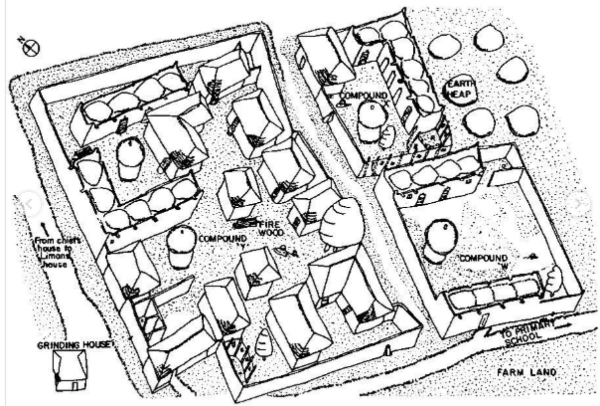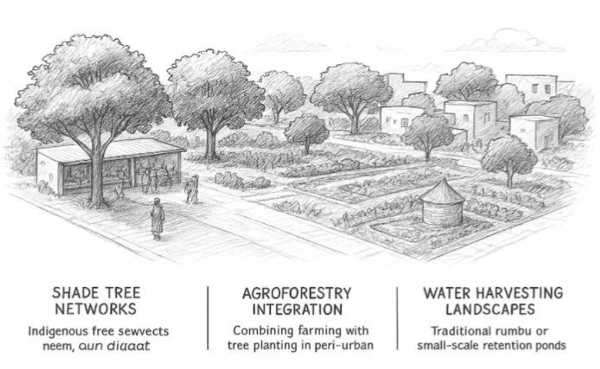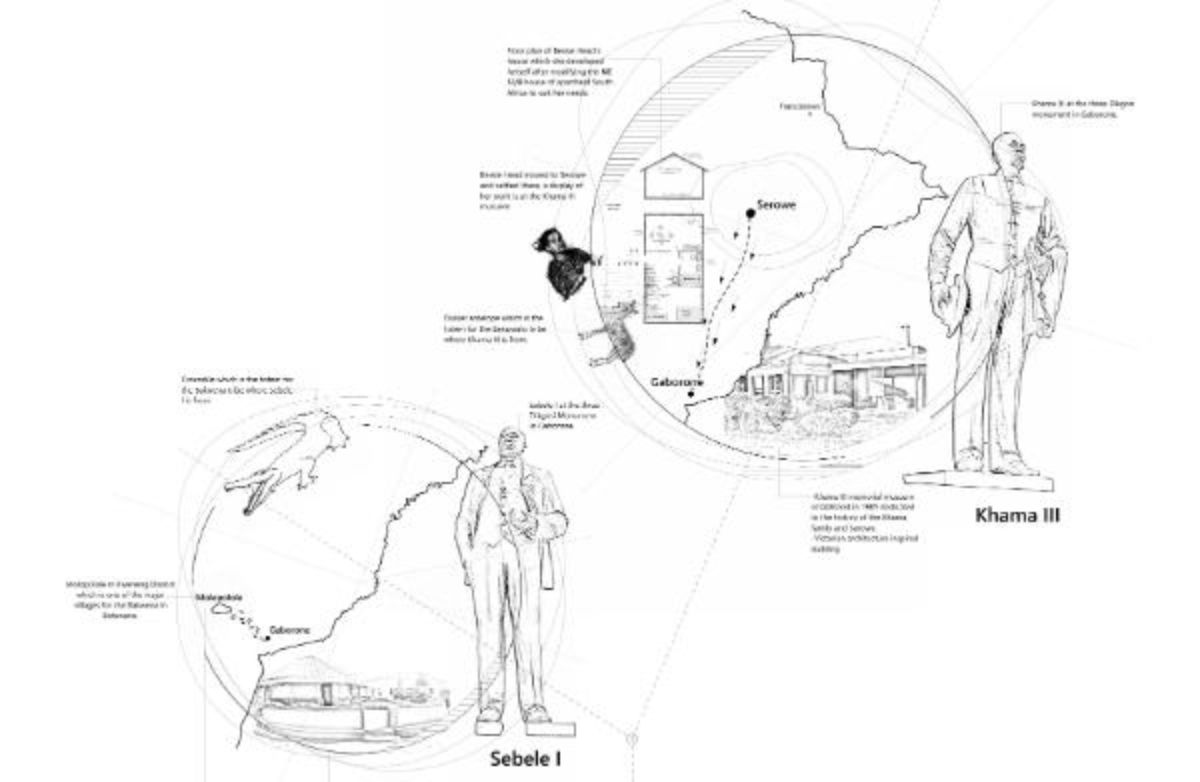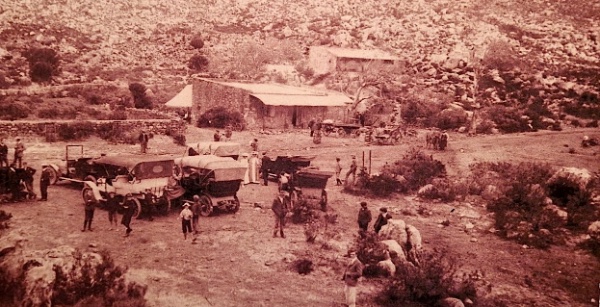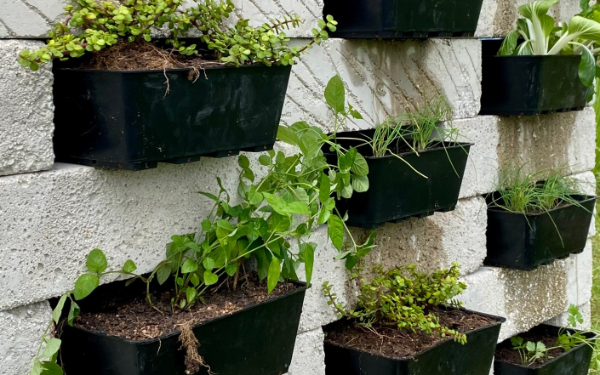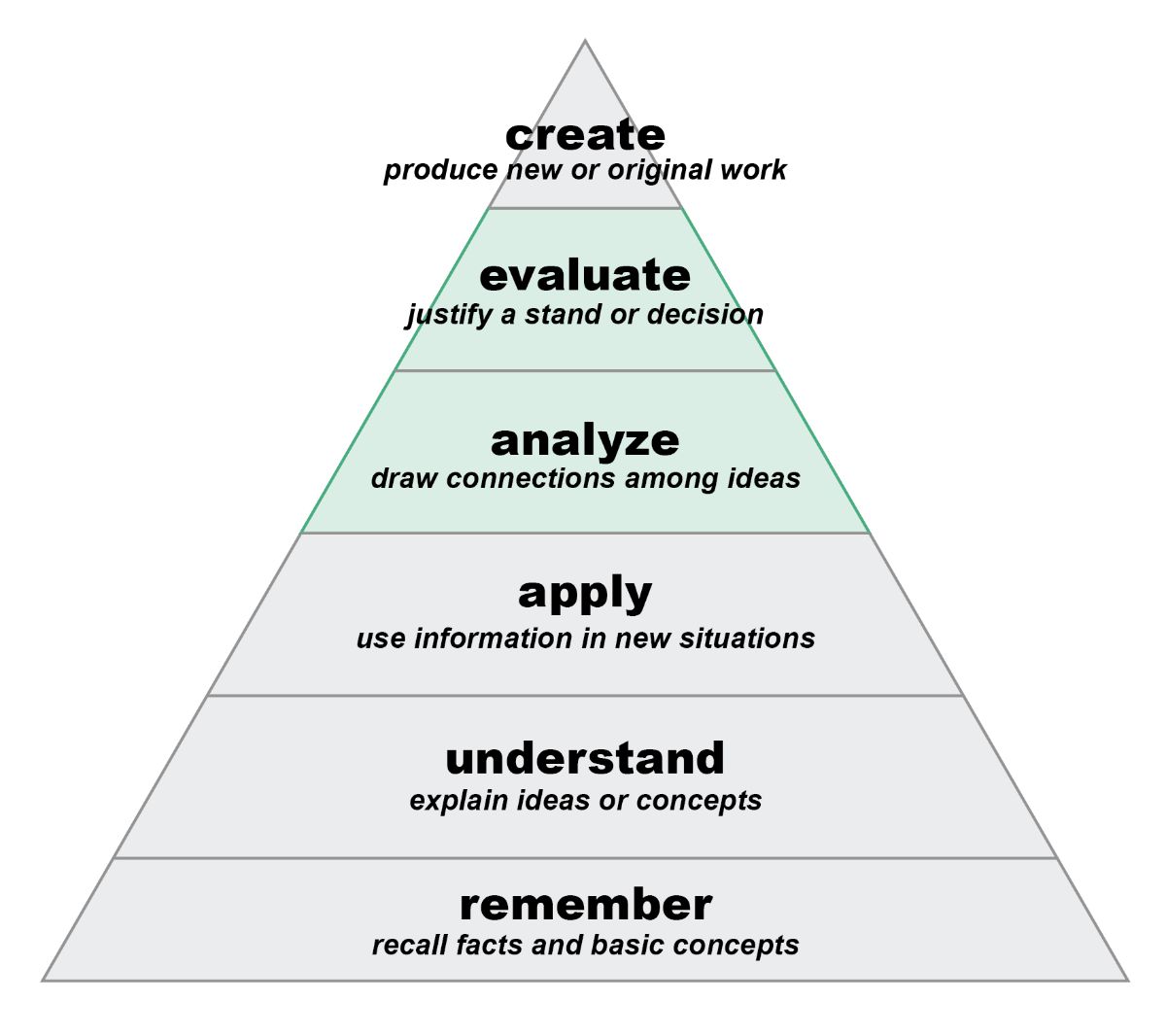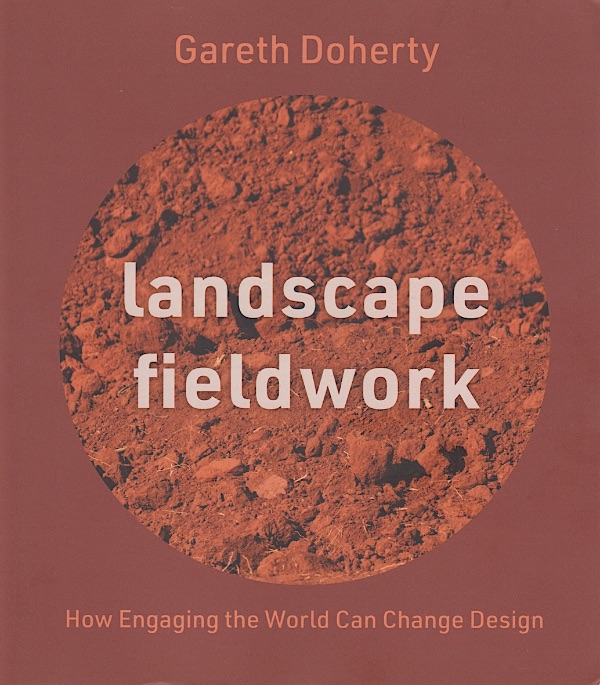
Book Review: Landscape Fieldwork
Author: Gareth Doherty
Pulished by: The University of Virginia Press
Landscape Fieldwork: How Engaging the World Can Change Design is a compelling exploration of the intricate relationship between landscapes and the people who inhabit them. The book, written from the perspective of a landscape architect, delves into the multidimensional nature of landscapes, emphasising their social, cultural, political, and environmental dimensions. Doherty, an associate professor of landscape architecture at the Harvard Graduate School of Design and an affiliate of the Department of African and African American studies at Harvard University, eloquently argues that landscapes are not merely physical spaces but are also imbued with meaning through human interaction and cultural practices.
Landscapes are spatial, temporal, relational and sensual, involving both living and inert materials, environmental processes, and people, all of which evolve beyond the lifespan of an individual. Landscapes require measurements across space, time, and human dynamics, including feelings and senses. The author advocates that this perspective is crucial for landscape architects, as it encourages them to consider the human element in their designs.
The author explores the importance of understanding landscapes through immersive, embodied experiences in fieldwork, acknowledging that it is nearly impossible to conduct such work without projecting one's own histories and values onto the landscapes being studied. This projection, however, is not seen as a hindrance but rather as an opportunity to operationalise landscape as a living embodiment of people and their practices.
The book is structured into five case studies from the author’s personal career, each offering a central thesis: understanding the complexity of landscapes and their users leads to more effective design. The case studies from diverse contexts, such as the Irish/Northern Irish border, the Netherlands, Bahrain, the Bahamas, and Brazil, illustrate various ethnographic and collaborative fieldwork methods, concluding with a call for fieldwork to lead to action and prescription beyond mere observation.

The book also underscores the importance of local knowledge and human unpredictability in landscape design.
By valuing the insights and experiences of local communities, landscape architects can create more responsive designs. Recognising people as inherent components of landscapes is essential; a lack of this understanding leaves architects ill-equipped to address the complexity of landscapes.
This approach not only enriches the design process but also fosters a deeper connection between people and their environments. Landscape is viewed as a living embodiment of people and a space for life practices, allowing operationalisation of landscape as a social, cultural, and political entity that can foster justice and equity.
Through an ethnographic lens, the book reveals the ethical and political agency of landscape architecture. It posits that when designers understand the values, dreams, and ambitions of the people they design for, they can create more successful and responsive landscapes. The human aspects of landscape are given as much importance as the nonhuman, allowing landscape to enter the realm of the political.
Effective landscape fieldwork requires mixing measurement methods, bodily immersion, contrasting media, and critical imagination to grasp the many layers of a place. This approach encompasses both subjective and relational aspects, in addition to objective functions. The book offers practical tools and real-life examples for landscape architects to engage more deeply with diverse landscapes and the communities that create and use them. It advocates for collaboration and diversity in approaches, combining landscape architecture with fields such as anthropology, archaeology, architecture, art, ecology, gardening, geography, history, and urban planning, reflecting the profession’s multifaceted nature. This inter- and transdisciplinary approach is driven by concerns for climate justice and the protection of human dignity, emphasising a long-term engagement with sites and their users. The book highlights that Landscape architecture must overcome inward-looking tendencies to fulfil its potential as a "mother of all arts."
In summary, Landscape Fieldwork is a thought-provoking and insightful read that challenges landscape architects to rethink their approach to fieldwork.
It underscores the importance of understanding landscapes in their full complexity and advocates for a more collaborative and interdisciplinary approach to design. This book is truly a valuable resource, one I wish I had had access to when I studied Landscape Architecture years ago.
